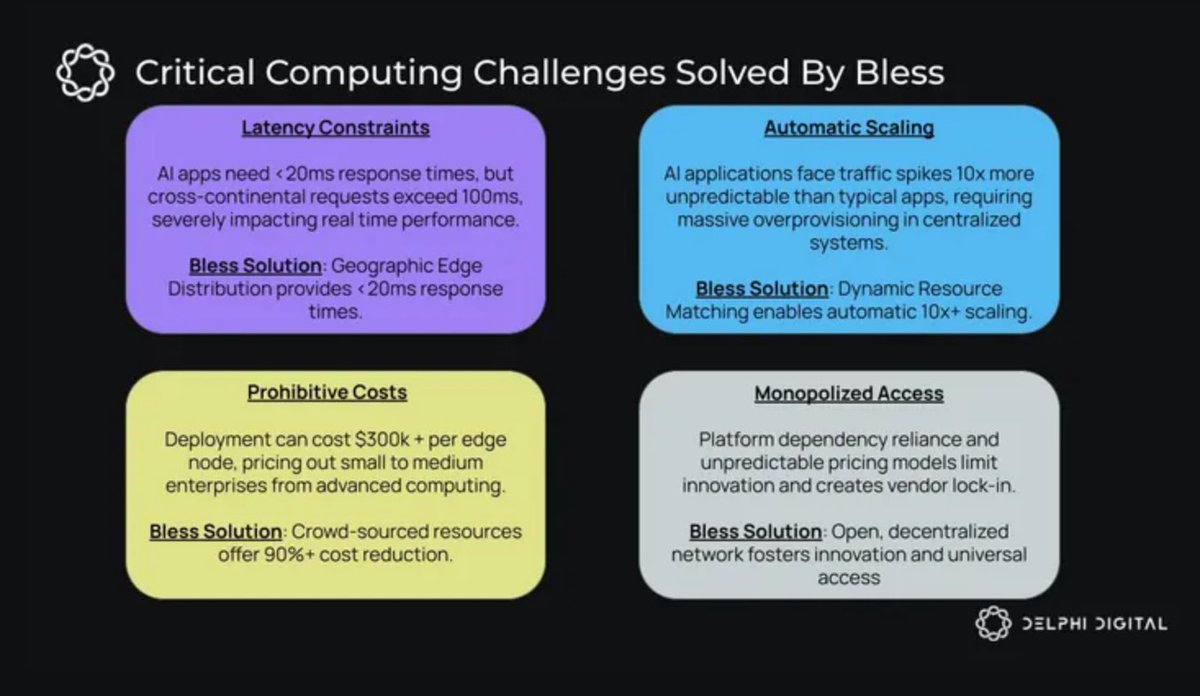Bless @theblessnetwork Network: Reinventing Edge Computing with Decentralized Infrastructure
[Executive Summary]
[Introduction]
Today's computing landscape is undergoing unprecedented transformation. With the ubiquity of AI applications, edge computing has become essential infrastructure, and our demand for computing power is growing exponentially. However, despite the tremendous success of traditional centralized cloud services, their architectural flaws are becoming increasingly apparent—high costs, bloated systems, and a failure to adapt to the demands of next-generation computing.
The evolution of computing power is an intriguing journey. Once upon a time, this resource was reserved for governments and large corporations, nestled deep within giant data centers. Today, billions of smart devices around the world form a vast distributed computing network. The smartphone in your pocket, the laptop on your desk, both possess astonishing processing power. Paradoxically, this increased device performance has not led to true autonomy—instead, it has deepened our dependence on centralized cloud services. Even with powerful computing devices in hand, users are still forced to pay for services on distant server farms operated by tech giants—a truly thought-provoking phenomenon.
Currently, the collective computing potential of the world's devices is far from being fully utilized, while applications face four core challenges that traditional architectures struggle to overcome (as shown in the figure below). As cloud service monopolies continue to strengthen, a shift from centralized to distributed computing is underway. However, existing decentralized solutions have significant flaws, hindering their scalability.
While centralized infrastructure offers stable performance and a familiar development model, its inherent limitations are equally evident: high scalability costs and platform dependencies severely restrict innovation.
Conversely, existing decentralized computing networks, while attractive in theory, suffer from serious practical drawbacks. Excessive system complexity and insufficient flexibility have prevented these solutions from gaining mainstream adoption.
@KaitoAI #Kaito

